Thursday, May 10, 2018
Clip from IPL 2018 KKR vs MI - May 09, 2018
A hint of MSD in Ishan Kishan
How would a left-handed MS Dhoni play the helicopter shot? Ishan Kishan showed how.
Tuesday, May 1, 2018
Triumph of Labour
 |
| Triumph of Labour |
The Triumph of Labour, also known as the Labour statue, is a statue at the Marina Beach, Chennai, India. Erected at the northern end of the beach at the Anna Square opposite University of Madras, it is an important landmark of Chennai. The statue shows four men toiling to move a rock, depicting the hard work of the labouring class. It bears a semblance to the famed World War II photograph of the raising of the flag on Iwo Jima by the American Marines. It was sculpted by Debi Prasad Roy Chowdhury
Raising the Flag on Iwo Jima
 |
| Raising the Flag on Iwo Jima |
Raising the Flag on Iwo Jima is an iconic photograph taken by Joe Rosenthal on February 23, 1945, which depicts six United States Marines raising a U.S. flag atop Mount Suribachi, during the Battle of Iwo Jima, in World War II.
The photograph was first published in Sunday newspapers on February 25, 1945. It was extremely popular and was reprinted in thousands of publications.
- shared from internet resource.
Monday, April 23, 2018
கவிஞரின் டுமீல் வரிகள்
South indian politics and film industry are like two wheels of a vehicle. Poets are known for writing poetry and songs that has smell of politics.
But for audience who listen to the lines in the song from movie சூரியகாந்தி ( Suriyakanthi), they can experience a different odour.
"வண்டி ஓட சக்கரங்கள் இரண்டு மட்டும் வேண்டும்
அந்த இரண்டில் ஒன்று சிறியதென்றால்
எந்த வண்டி ஓடும்."
Does this lines criticize two famous personalities of tamil cinema (politics) or they are just lines written to complete the rhythimic sense of the song and attract audience.
Friday, April 20, 2018
How to make the South Indian Filter Coffee
If you are a coffee lover, try this recipe.
Many of us love having filter coffee but making decoction can be quite tricky. So here is the recipe.
Step 1: Select and grind coffee powder from any coffee grinding shop. Selection of coffee bean variety plays a vital role in the thickness and flavor of the decoction. Grind coffee powder in the ratio,
1 kg coffee powder -> ( 800gms PB Pure + 200gms Plantation A ) + Chicory 100gms .
Step 2: Fill up the 3/4th of the filter with coffee powder. Level the top of the coffee powder in the filter and compress / pack it gently. Don't pack it too lose or too tight. Meanwhile Boil 2-3 glasses of water very hot.
Step 3: Add the water over the coffee powder. The coffee powder will get boiled in the hot water and you can feel a good aroma.
Step 4: Sometimes if the holes are too small or if the granularity of the coffee powder is very very fine, the decoction will not drip down. If after 10-15 mins you din't find any decoction dripped down, add more water and gently mix the water with a fork and make it into a pasty consistency.
Step 5: Keep adding water at regular intervals till you find decoction is thick. You may need to add around 4 glasses of water to yield 1-1.5 glass of decoction.
Step 6: In a Tumbler Dumera add 1.5 spoons sugar, and decoction as needed. Boil the milk and add it into the tumbler. Mix all the ingredients well. Add decoction over the froth for flavor.
Points to Note :
1. Selection of coffee beans is important for thickness and flavor of the coffee
2. Adding more chicory will yield thick decoction, but it may cause nausea in the long run ( pitham ). Hence adding the above mentioned ratio will be perfect.
3. Selecting of the filter can be quite tricky. Please choose carefully and check if the holes are perfect without any blocks.
4. Granularity of the coffee powder is also vital .The powder should be 95% fine and at least 5% coarse. If it is too fine decoction will not drip down. If it is too coarse, decoction will be watery.
5. When ever you are re-adding water over the powder make sure it is hot or at least warm.
- this information was shared from a southindian blogger's page.
Thursday, April 19, 2018
Friday, April 13, 2018
Taj Mahal minarets damaged in storm
 |
| Tajmahal minaret damaged |
A 12-foot minaret with a metal finial, which is part of the main gate, also called Darwaza-e-rauza, was blown away by high-speed winds. It is from this royal gate that tourists get their first view of the 17th century Mughal-era monument.
- shared from internet news portal.
National Geographic Travel Photographer of the Year Contest 2018
Nature, People and Cities.
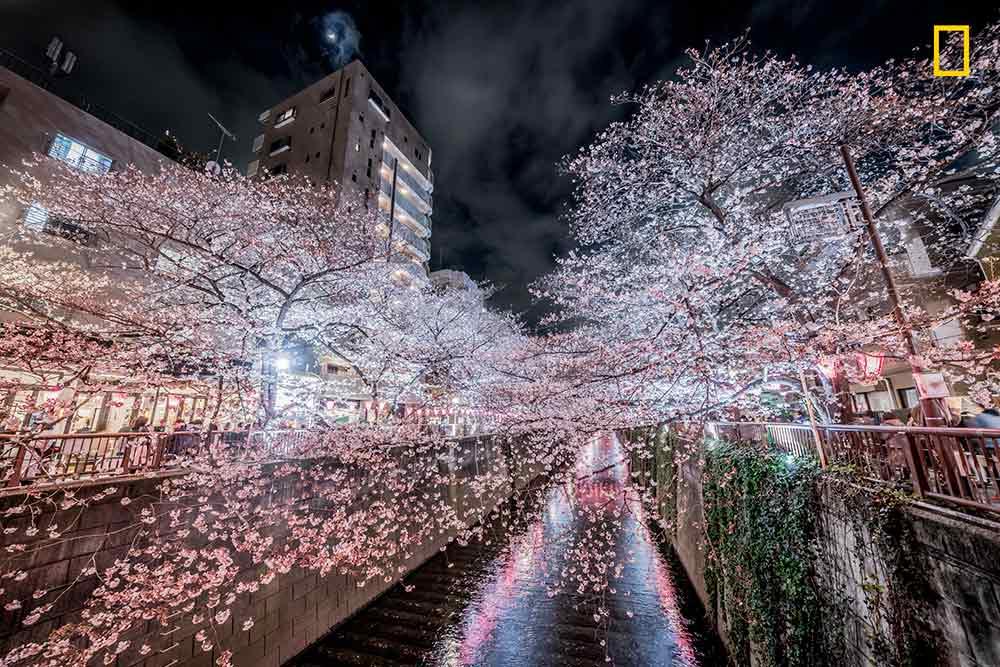
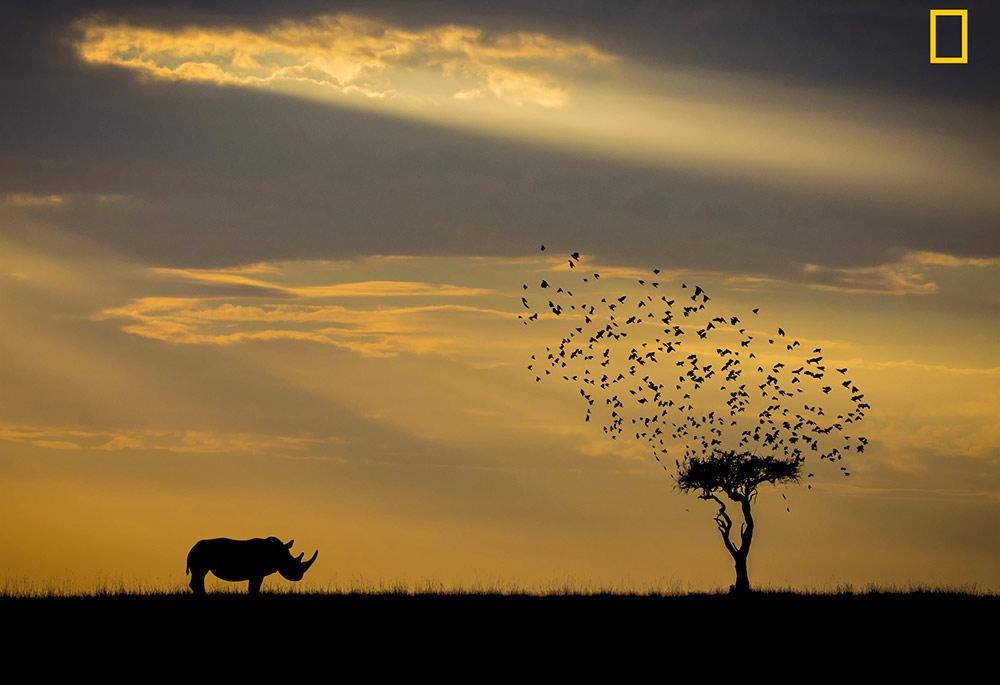
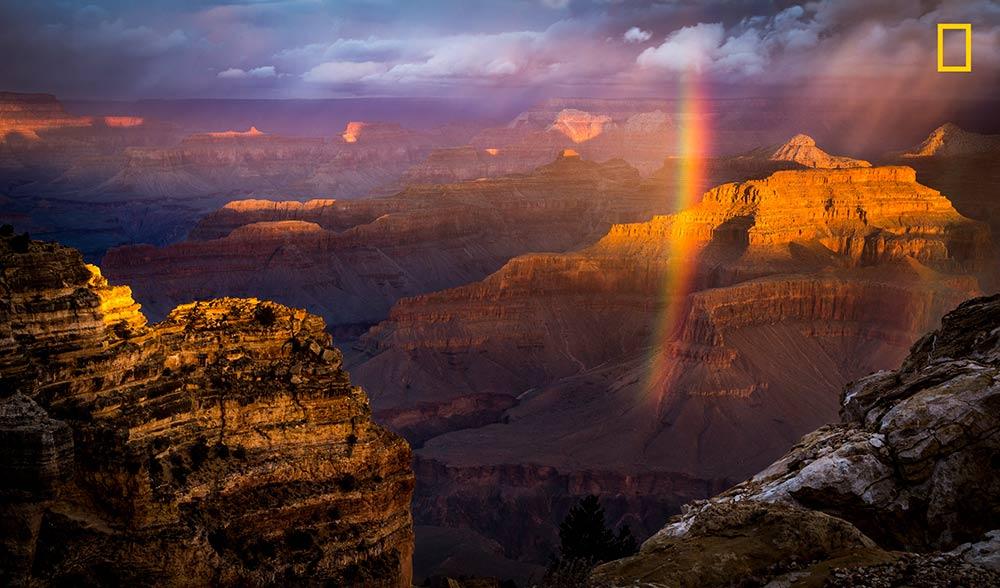
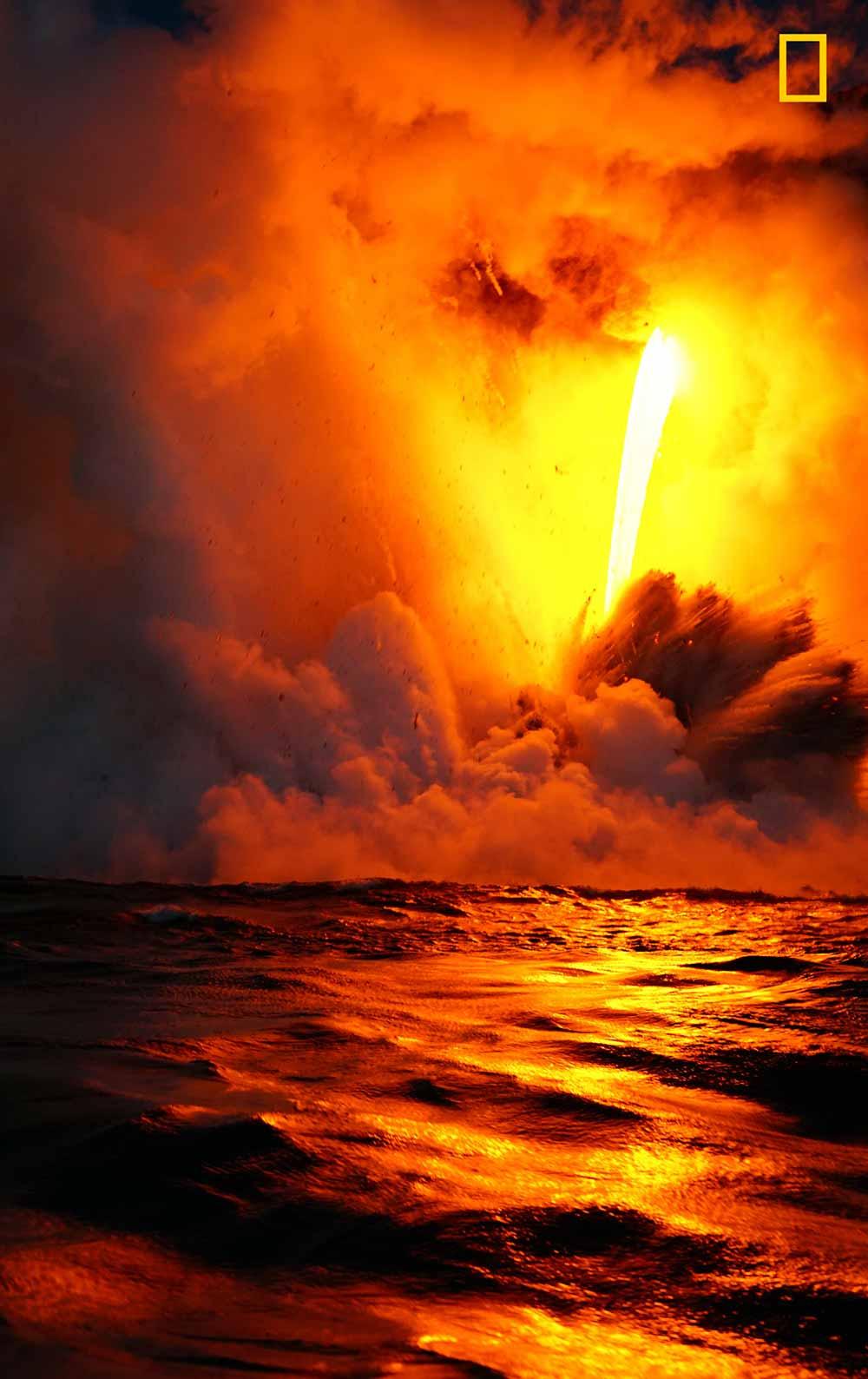
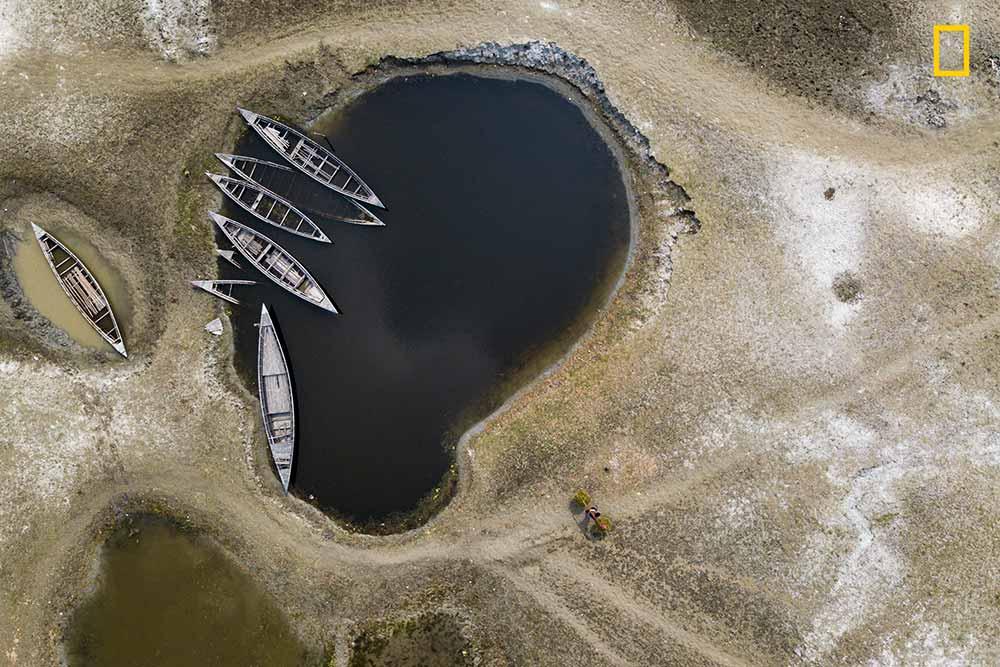
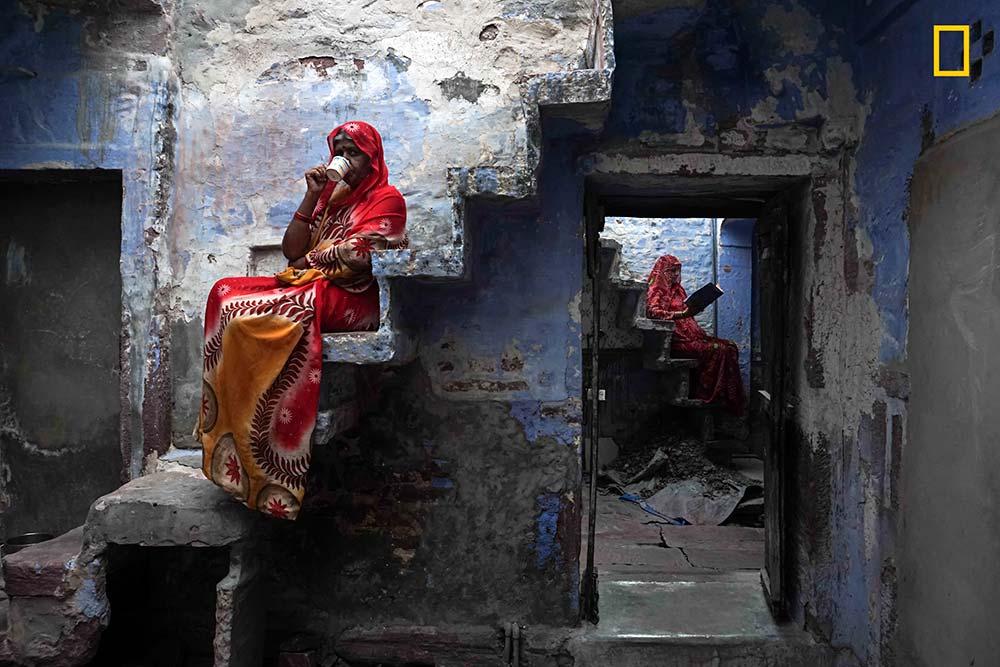
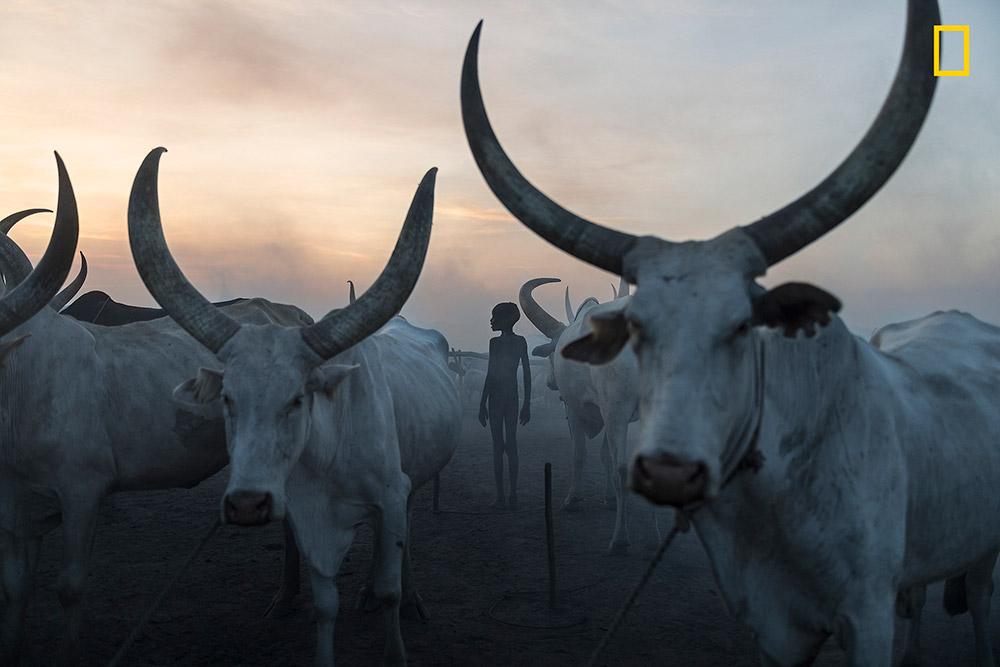
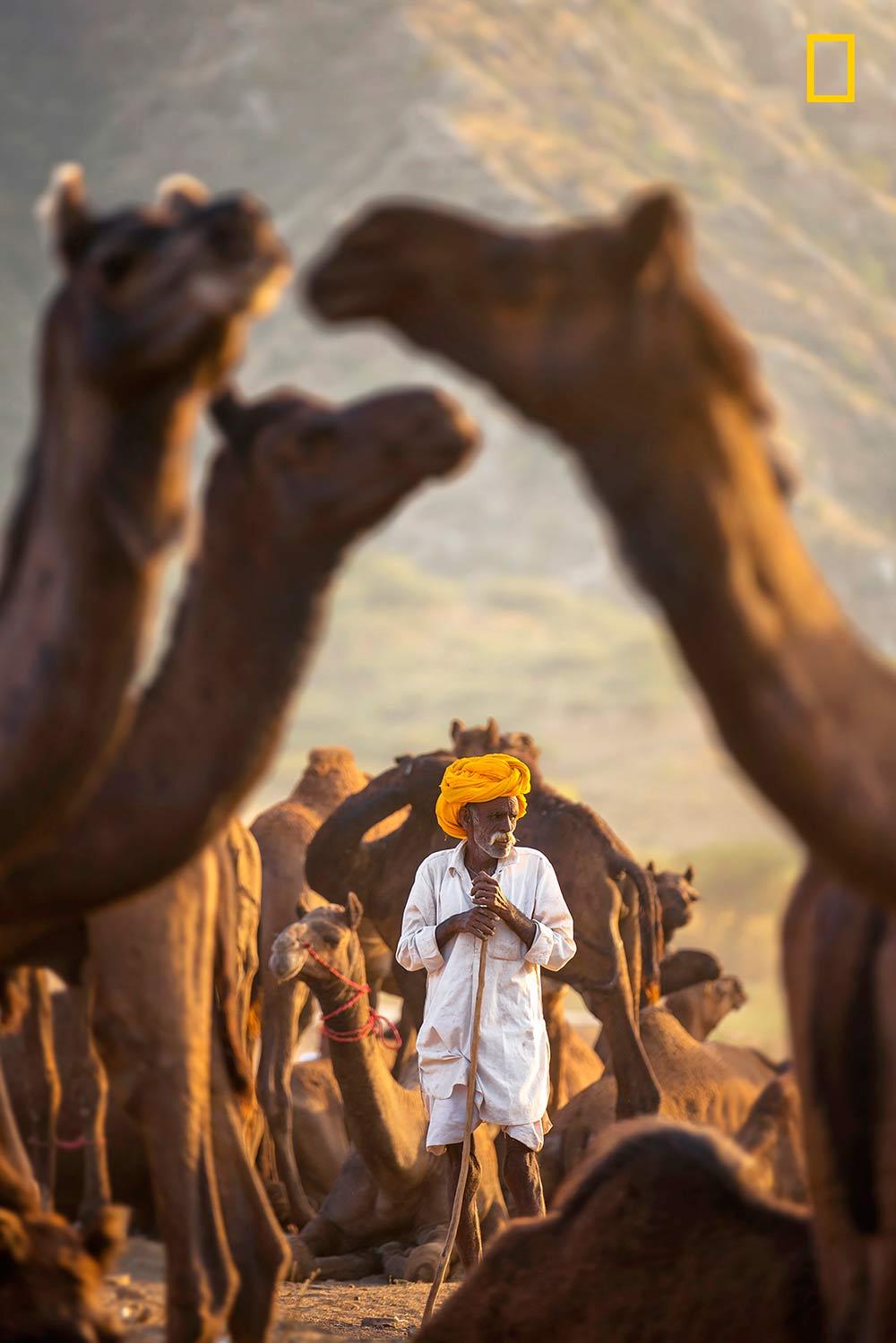
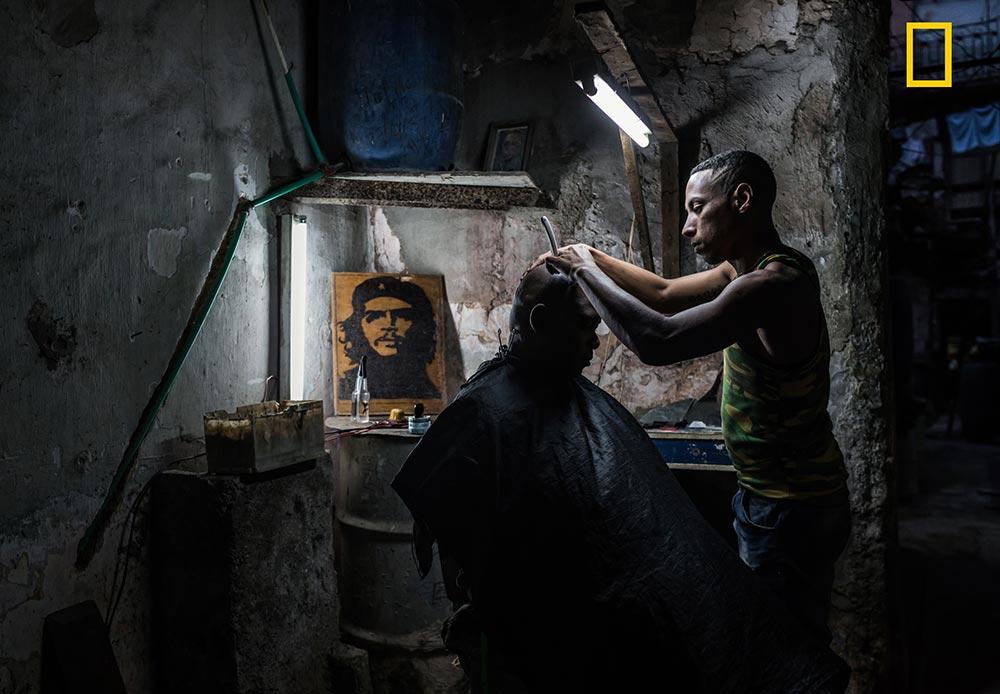
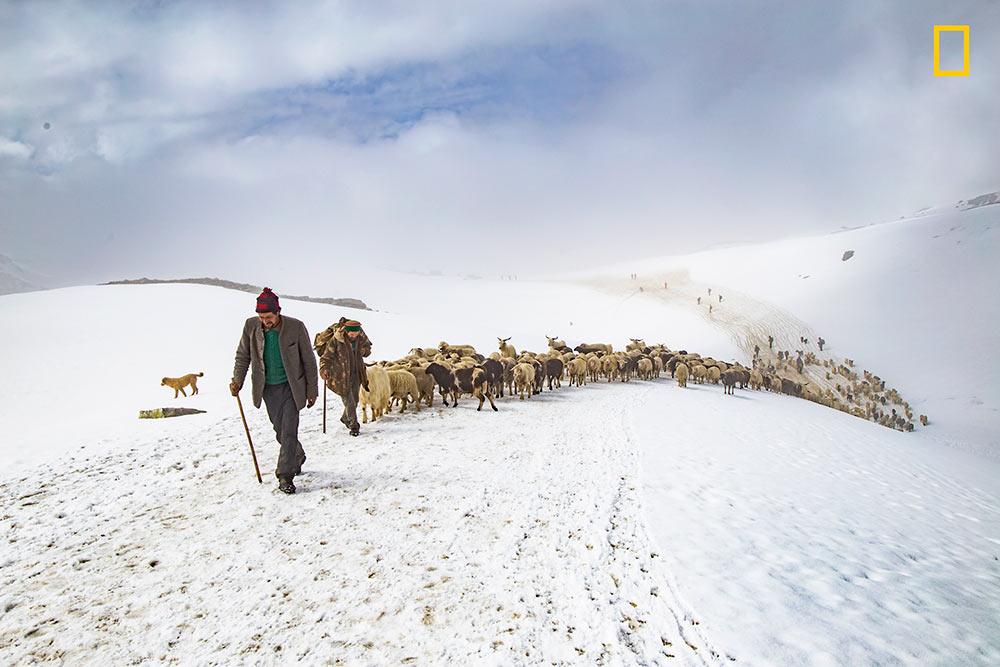
Nakameguro Cherry Blossoms

Nakameguro Cherry Blossoms - Illuminated cherry blossoms at night were fantastic and beautiful
Rhino Silhouette

Took an early ride out from the camp in Masai Mara national park, searching for the great migration, where I saw a rhino from far away standing beside a tree. The back lit from the early sun was too strong, so I took a silhouette instead- Nat Geo Photograph contest participant
Grand Canyon just after the rain

Just at the time of sunrise a storm approached the south rim and I almost packed my gears. But it cleared for a temporary period of time giving this amazing view from Powell Point. My first trip to this magnificent landmark left me speechless while I was clicking this shot.-Nat Geo Photograph contest participant
Lava falls

Lava falls into the sea. Explosions occurred and there was warm smoke.
Dry Jamuna River

Jamuna river has almost dried up during the dry season. This aerial photograph was taken from Prem Jamunar Ghat’s point in Sariakandi upazila of Bogra, Bangladesh.
Sisters

These Rajasthani sisters were sitting on the staircase inside of their house relaxing and enjoy a cup of masala chai.
Tamam

The Mundari tribe is a tribal group in south Sudan that haven’t changed their lifestyles much in centuries. The Mundari are one of the most prominent cattle herding tribes. They are primarily transhumant pastoralists, moving their herds of cattle to riverine pastures during the dry season and back to permanent settlements in Savanna forest during the rains.
My Camel My Shield

This was shot at Pushkar, Rajasthan during the famous camel fair which is being held there every year. This fair also attracts many tourists from all over the world.
Herders from around all over India gather at one place and trade, buy, sell their camels. It is one of the biggest camel fair in the world.
Herders from around all over India gather at one place and trade, buy, sell their camels. It is one of the biggest camel fair in the world.
Cuban Barber

This Cuban barber has a shop in the run down building he lives in. He has managed to hook up water and electricity and has a steady flow of clients. I couldn’t get enough of the atmosphere and visited the shop several times and each time was welcomed in with a smile.
Shepherd and the wolf

In picture, the shepherds along with the herd dogs lead their flock of sheep and goats. This family was returning back after feasting on the lush meadows of Himalayas and moments later they all crossed rupinPass, to get back to their home. Most of the goats in the flock carry basic items shepherds need for their survival in this journey. The shepherd dogs are seen with spiked collars around their necks, which is to give them a chance against an attack from the leopard or a bear.
Subscribe to:
Posts (Atom)






